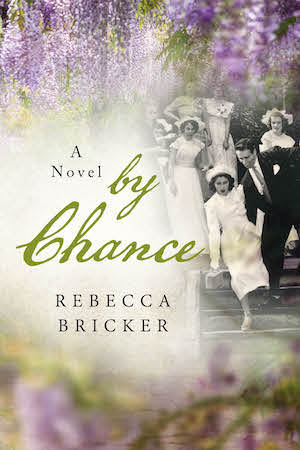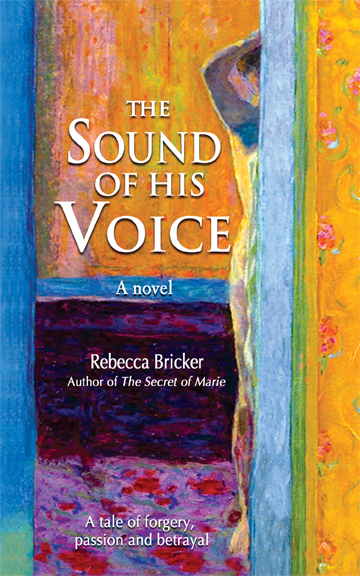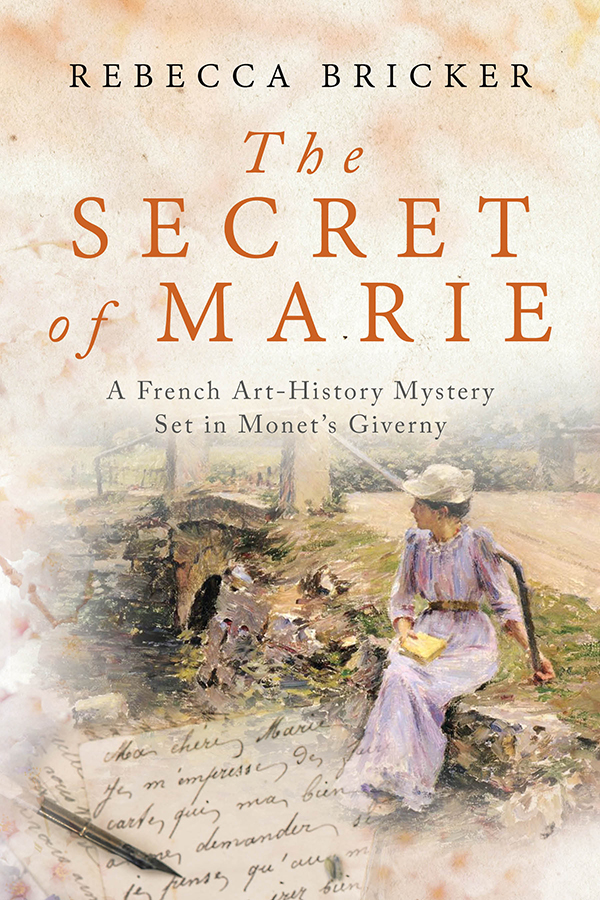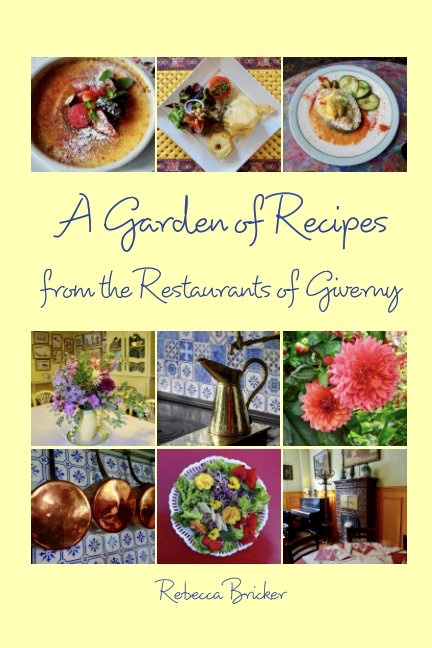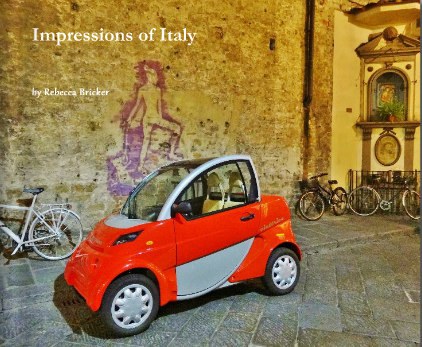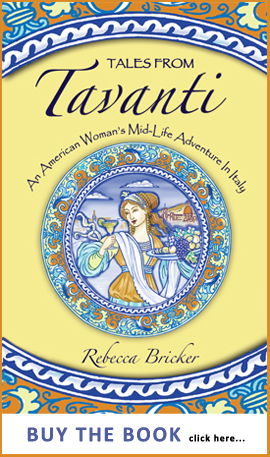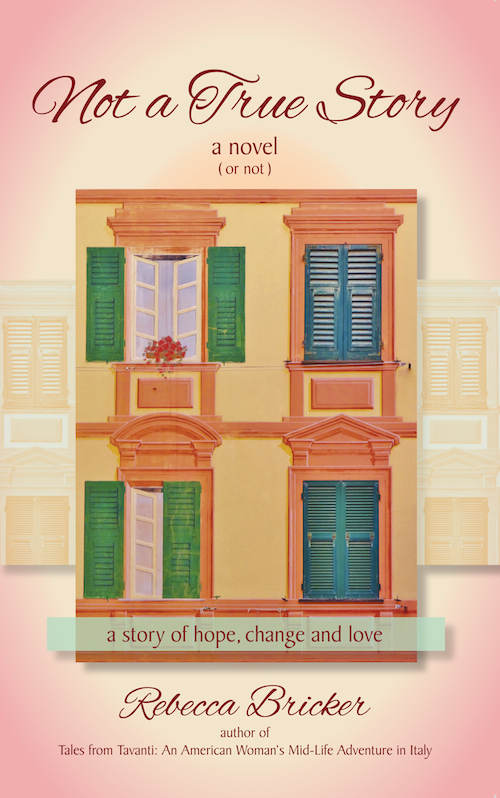 It was like that famous scene in the movie Ghost, when Patrick Swayze embraces Demi Moore at the potter’s wheel.
It was like that famous scene in the movie Ghost, when Patrick Swayze embraces Demi Moore at the potter’s wheel.
I was at a Florence paper shop, looking at journals, when I noticed a young American woman – most likely a student here – standing at a nearby table. She was learning how to marbleize paper – from an attentive teacher, a young Italian guy who stood behind her, carefully helping her pull a rake-like bar through streaks of color in a tray of gelatinous liquid.
I was intrigued by the technique as he gently guided her hand. They stood as close as the pages of the journal in my hand. I knew the end result of this lesson was going to be more than a sheet of beautifully marbled paper. I was right – by the time she held up her masterpiece, he had whispered to her, “Would you like to join me tonight for an aperitivo?” Sigh… 😉
 At another Florence paper shop – the famous Giulio Giannini & Figlio, a bottega d’arte since 1856 (at Piazza Pitti 37R, across from the Pitti Palace) – I watched a paper-marbling demonstration by fifth-generation master Guido Giannini. I lingered after the tour group left the workroom above the shop, wanting to know more. He graciously spent an hour telling me the history of paper-making and marbling.
At another Florence paper shop – the famous Giulio Giannini & Figlio, a bottega d’arte since 1856 (at Piazza Pitti 37R, across from the Pitti Palace) – I watched a paper-marbling demonstration by fifth-generation master Guido Giannini. I lingered after the tour group left the workroom above the shop, wanting to know more. He graciously spent an hour telling me the history of paper-making and marbling.
His story took me to 15th-century China where the liquid base for paper marbling was water. But when the technique arrived in Italy – via Arabia and Turkey – changes needed to be made. “Mediterranean colors are very heavy,” Guido explained. At first, artisans added glue to the water, to help suspend and separate the drops of color. But the magic ingredient was discovered in Constantinople, where marbled endpapers were adorning copies of the Koran. The substance looks like clear jelly – but it’s ox bile, which is still used today.
“It’s like a cake,” Guido says. “We have a recipe. But you must know how to change your recipe to adapt.”
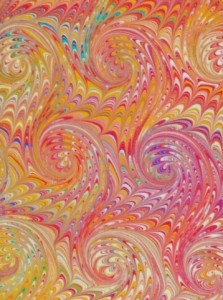 Guido has devoted his life to his craft. “I spent 50 years with my father learning not only the techniques, but the history of papers, color pigments and book binding through the centuries.”
Guido has devoted his life to his craft. “I spent 50 years with my father learning not only the techniques, but the history of papers, color pigments and book binding through the centuries.”
Over the years, the Giannini family has made accounting ledgers for the Grand Duke of Tuscany and a gift album given to Queen Elizabeth.
But sadly, no one will follow Guido in the Giannini tradition. “We have no future,” he says. In our technology-driven world, the marbled papers he creates can be scanned and duplicated. “The copies are perfect.”
“But it’s not the same,” I tell him.
He shrugs. “It takes years to build a team.” A master needs craftsmen who can mold the wood, tool the leather, make the bindings, he says. “We need a school. But I have no time to teach and run a shop.”
In my wanderings around Florence, there are so many moments when I realize I’m in the presence of artistic genius that has evolved through the ages – that tragically is fading away.
I bought a Giannini journal that day. I opened it to the last page and asked Guido to sign it.
{ 4 comments }

